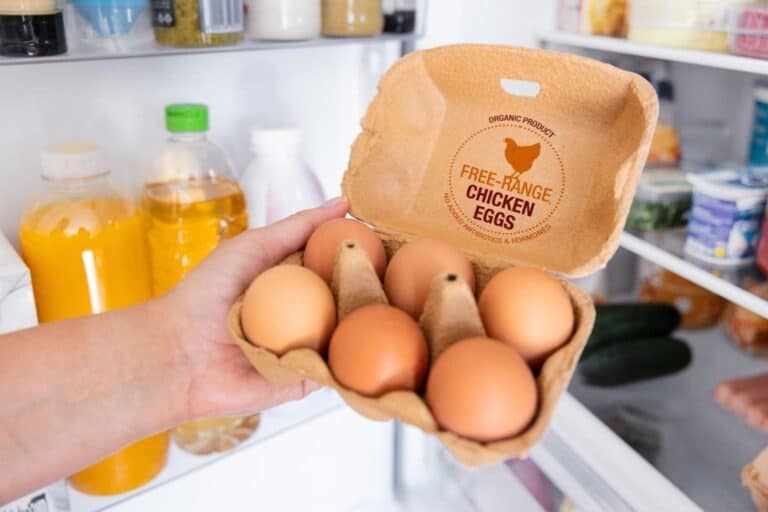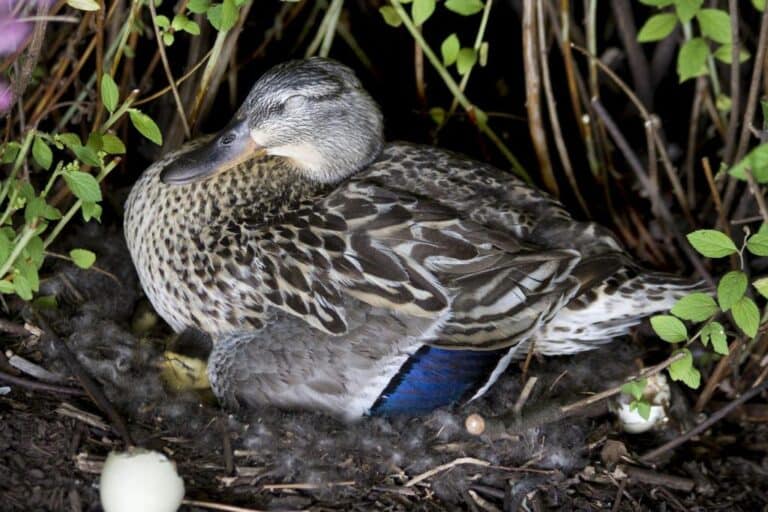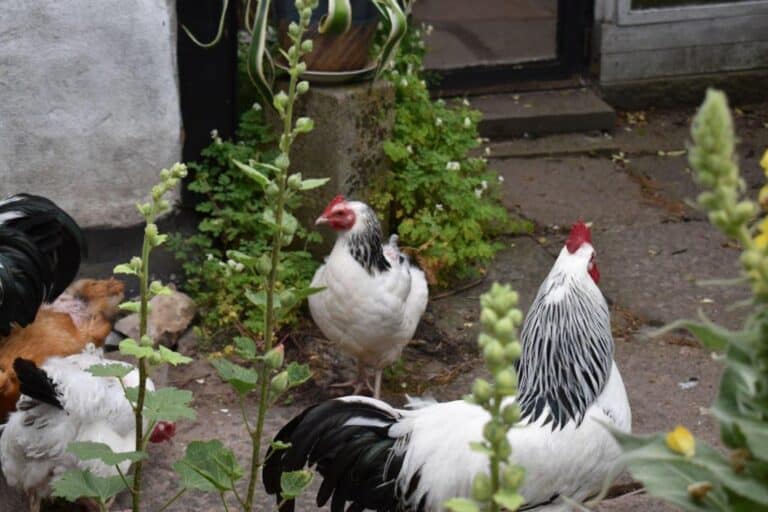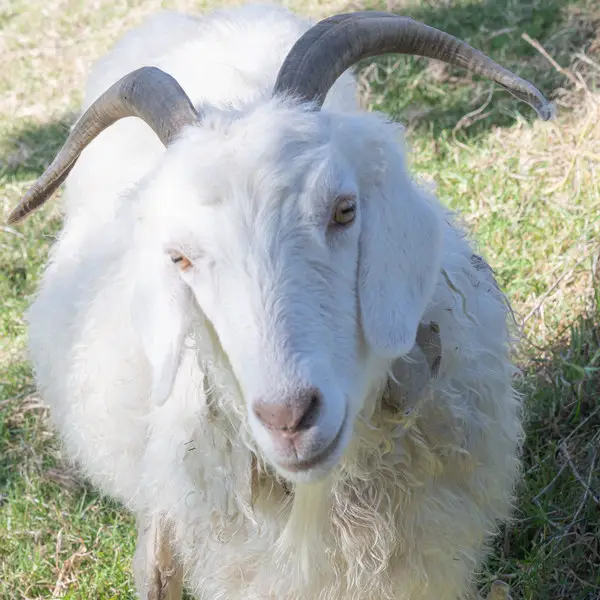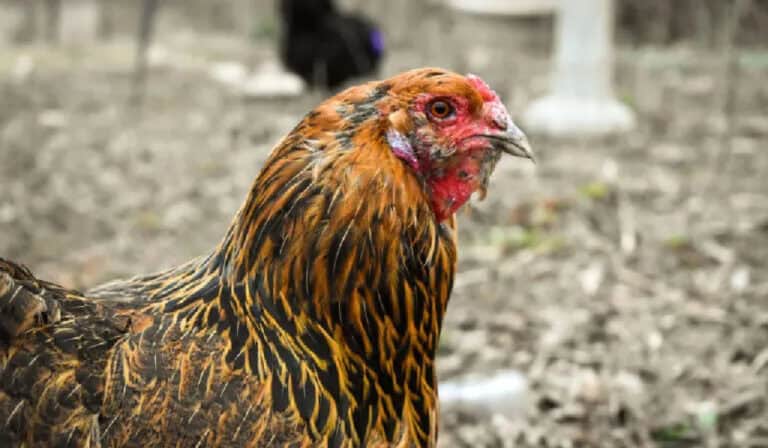At What Age Can Female Goats Get Pregnant?
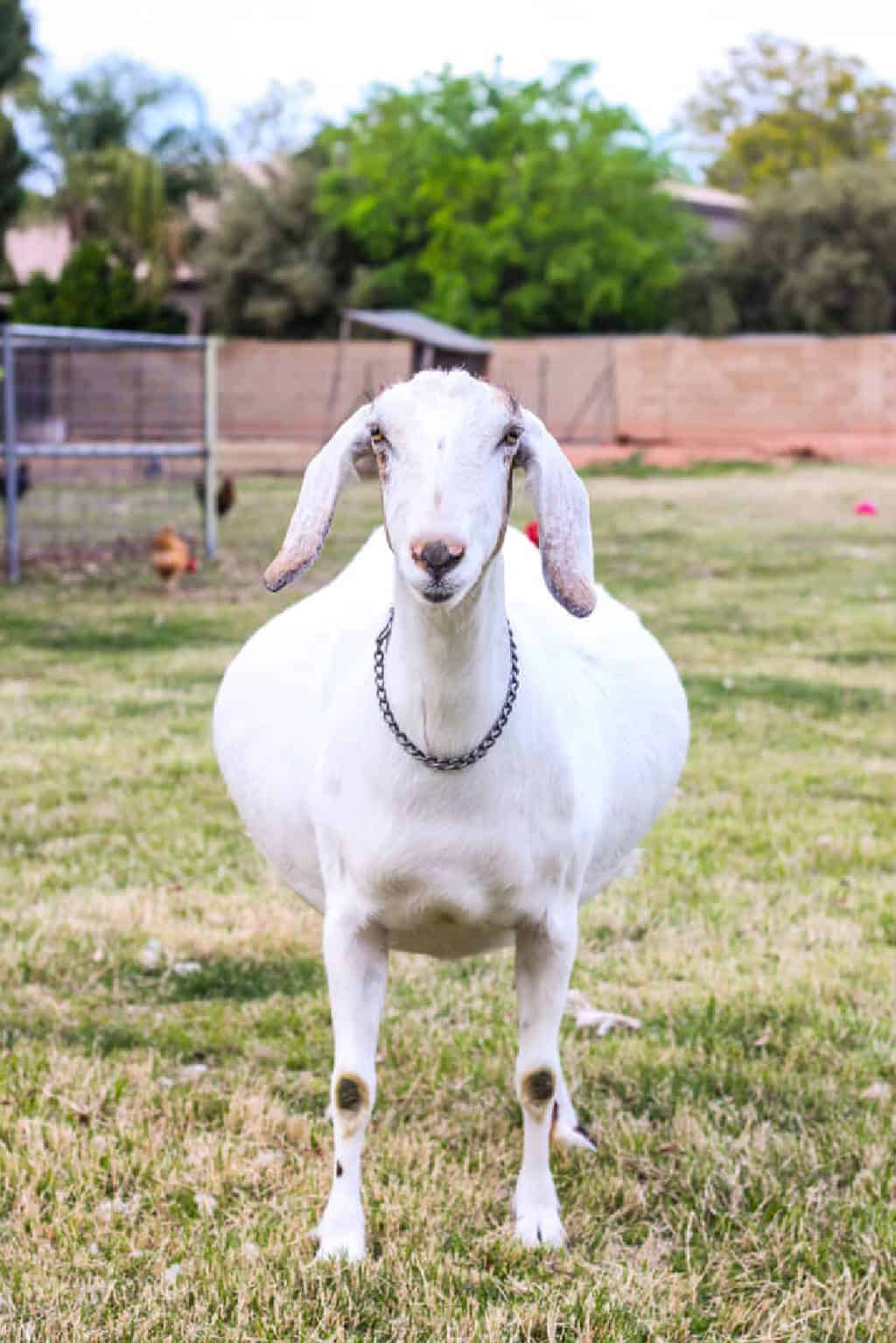
Female goats are known for their playful antics and mischievous charm. They are also highly productive at reproducing. But, when can these delightful creatures start being mothers? This question often intrigues both farmers and animal lovers.
Knowing when female goats can become pregnant reveals their natural breeding cycles. It also crucial for the health and well-being of both the doe and her offspring. Let us start an interesting journey into the world of goat reproduction to find out what is going on with this amazing event.
Join us to delve into goat fertility. We will discover at what age these lovely creatures can start giving birth.
At What Age Can Female Goats Get Pregnant? (Optimal Breeding Age)
Female goats are typically ready for breeding between 7 and 10 months of age. At this stage, they have reached a level of physical and sexual maturity that allows them to conceive and successfully carry a pregnancy. However, it’s important to consider several factors before initiating the breeding process.
Early breeding can pose risks to both the doe and her offspring. Female goats that are bred too young may not have fully developed bodies or minds. This can lead to problems during pregnancy and birth. Additionally, early pregnancies can stunt the growth of the mother goat, affecting her long-term health and reproductive capabilities.
Conversely, delaying breeding beyond the optimal age range can also have negative consequences. Older does may experience reduced fertility rates and an increased likelihood of pregnancy-related problems. Late breeding can hurt the herd’s health. It limits a goat’s productive years.
Factors such as breed, health, and nutrition can also affect when a female goat is ready to breed. Once they are mature, does can go into estrus, or heat, every 18 to 24 days, depending on the season and breed.
Reproductive Seasonality in Female Goats
Understanding the estrous cycle in female goats is essential for successful breeding. Goats breed seasonally. Changes in temperature and daylight affect their reproduction. Female goats experience an estrous cycle, typically lasting about 18–24 days, where they go through different stages of receptivity to mating. It’s crucial for farmers and breeders to recognize these cycles to optimize breeding efforts.
Timing plays a vital role in goat breeding success. For example, breeding a doe outside her natural season might result in lower fertility or failed pregnancies. By respecting the seasonal variations in mating behaviors, farmers can work with nature. They can do this instead of working against it.
This approach improves breeding efficiency. It also supports the goats’ health and well-being. It does this by reducing the stress of forced mating outside their natural cycle.
How Often Can Female Goats Get Pregnant?
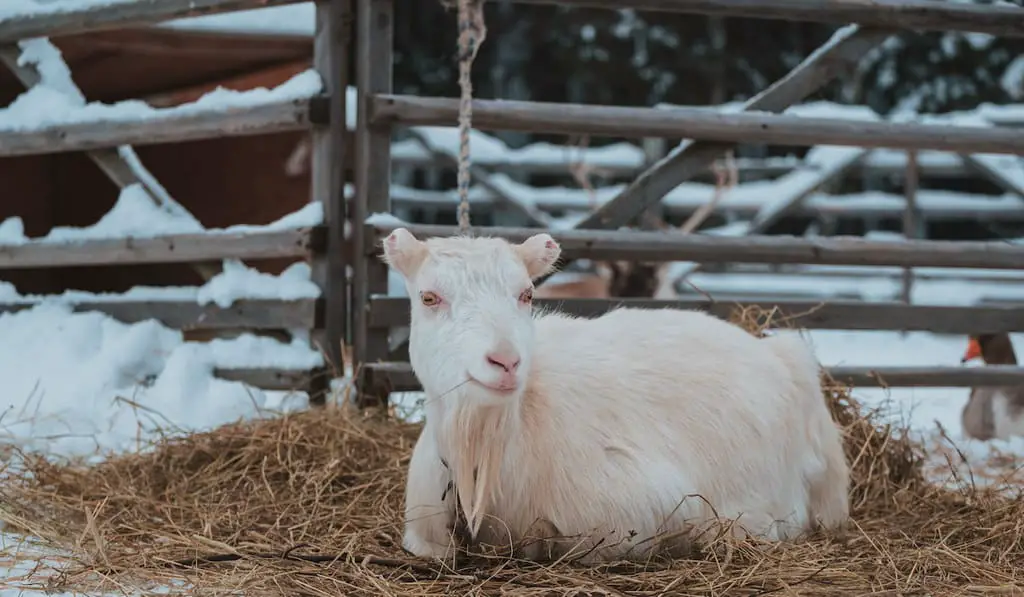
Female goats, or does, can get pregnant at a young age, with some reaching puberty as early as 3 months old. However, it is best to wait until they are at least 6 months old and have reached 80% of their full weight. This will ensure their health and the health of their offspring.
Does can have multiple pregnancies throughout their life, but the frequency of twin pregnancies is lower in the first two to three pregnancies than later. The gestation period for goats is approximately 5 months, or 145 to 152 days.
How Many Months Does It Take for a Goat to Have a Baby?
A goat’s gestation period, the time from conception to birth, typically lasts between 140 and 150 days, or around five months. To prepare for kidding season, which is in spring, goat owners often start checking for signs of impending labor in March. One early sign that a doe is nearing the end of her pregnancy is bagging udders. The udders become fuller and more prominent.
In experienced does, also known as seasoned does, the udders might begin to develop as early as a month before they are due to give birth. This is a natural process as the doe’s body prepares to produce milk for her newborn kids.
Bagging udders are just one of many signs that a goat might be nearing labor. Goat owners should also watch for other signs. These include changes in behavior, restlessness, and the relaxing of the ligaments around the tail head.
How Can You Tell If a Goat Is Pregnant?
Determining if a goat is pregnant involves observing various physical and behavioral changes. Here are some common signs:
- Physical Changes:
- Abdominal Enlargement: As the pregnancy progresses, the goat’s abdomen will gradually enlarge.
- Udder Development: The udder may begin to develop and fill out, especially in the last month of pregnancy.
- Changes in Vulva: The vulva may appear slightly swollen and relaxed, particularly in the final weeks.
- Weight Gain: A pregnant goat will typically gain weight, although this can be challenging to assess accurately.
- Behavioral Changes:
- Changes in Appetite: Some goats may show an increased appetite, while others may eat less.
- Restlessness or Nesting Behavior: Goats may show these behaviors at the end of pregnancy. They are preparing a place to give birth.
- Isolation: Pregnant goats might separate themselves from the herd as they near their due date.
- Physical Examination:
- Palpation: A veterinarian or experienced breeder can palpate the goat’s abdomen to feel for the presence of kids. This is typically done around 60 days into the pregnancy.
- Ultrasound or Blood Test:
- Ultrasound: An ultrasound can confirm pregnancy as early as 30 days after breeding.
- Blood Test: A blood test can detect pregnancy-specific hormones, but this method is less common in goats due to cost and availability.
Which Breed of Goats Give More Babies?
The number of babies a goat can have depends on several factors, including the breed, age, and overall health of the goat. Here are some key points from the search results:
- The breed of goat can influence the number of babies produced. For example, the Boer goat has an average kidding rate of 200 percent, or two kids per pregnancy. Nigerian dwarf goats often give birth to three or four kids per pregnancy, and five babies aren’t unusual in the breed.
- Barbari breed has the ability to give 1 – 1.5kgs of milk / day. These types of breeds have very good reproductive capabilities. They can give 2 – 3 kids in parturition. This type of goat breeds generally kids two times, at an interval of 12 – 15 months.
- The smallest goats, like Nigerian dwarves, tend to give birth to the most kids.
- Does can be safely bred from the age of 7 months on.
- The average dairy doe’s peak milk production period occurs between four to six weeks after giving birth.
- Dairy goat farmers look for breeds producing an average of two kids per pregnancy.
- Does can have multiple pregnancies. But, the rate of twins is lower in the first two to three pregnancies than later.
Health and Nutrition Considerations in Goats Reproduction
Good nutrition plays a crucial role in supporting the reproductive health of female goats. A balanced diet has essential nutrients like protein, vitamins, and minerals. It ensures that they are in top condition for breeding and pregnancy. For example, maintaining proper levels of calcium and phosphorus is vital for bone development in kids and can prevent issues like milk fever postpartum. Also, having clean water at all times is essential for health and reproductive success.
Common health issues can impact the fertility of female goats. Internal parasites, infections, or metabolic disorders can affect their ability to conceive. They can also hinder their ability to carry a pregnancy successfully.
Regular deworming schedules are key. Vaccinations protect against common diseases like goat pox or contagious abortions. Also, monitoring body condition scores is important. These steps maintain overall herd health and reproductive efficiency.
To ensure successful pregnancies, you must follow the recommended healthcare for female goats. This includes regular vet check-ups. These are especially important before the breeding season. They aim to address any hidden health issues that could affect fertility. Also, implement proper biosecurity measures. They prevent the spread of diseases that can impact reproduction.
Conclusion
Female goats typically reach sexual maturity at 5–12 months old. The best age for breeding is 7–10 months. Farmers, agriculturalists, and animal breeders must carefully monitor signs of readiness for breeding in female goats. They should consider factors like breed, nutrition, and health to improve their breeding success.
Proper care is vital. This includes timely breeding efforts aligned with natural reproductive patterns, good food, and vigilant health monitoring. These things contribute to successful motherhood journeys in female goats. People can ensure healthier does and births. They can do this by knowing when female goats can start motherhood and by supporting them at the right times. This will also boost overall herd productivity.

